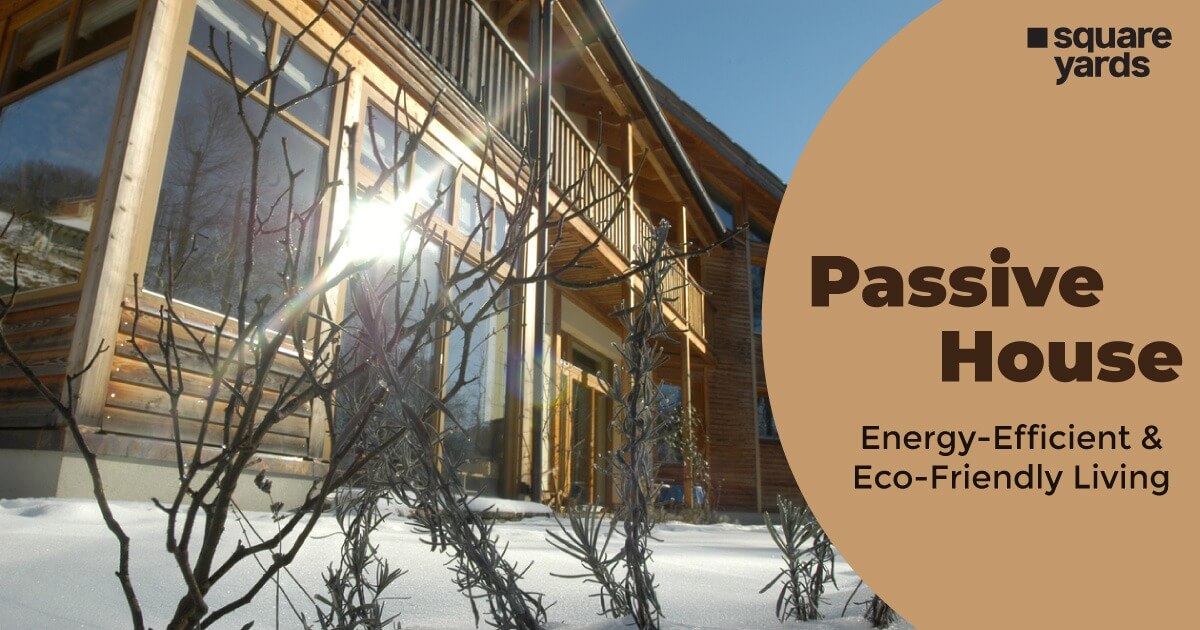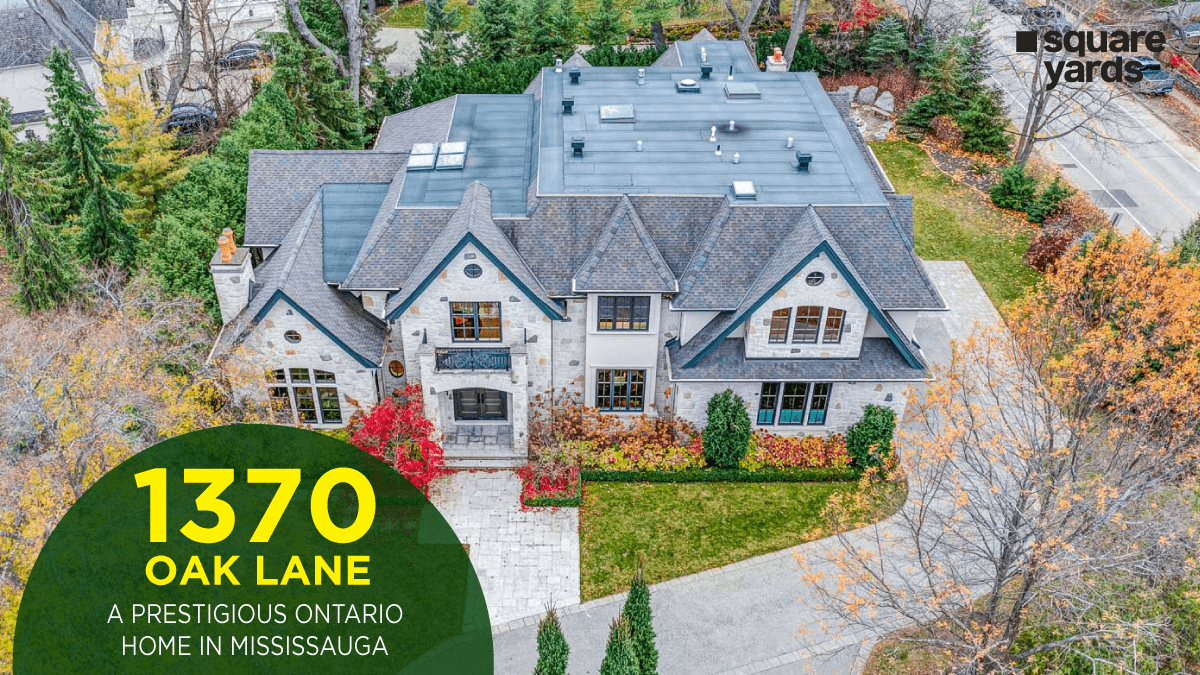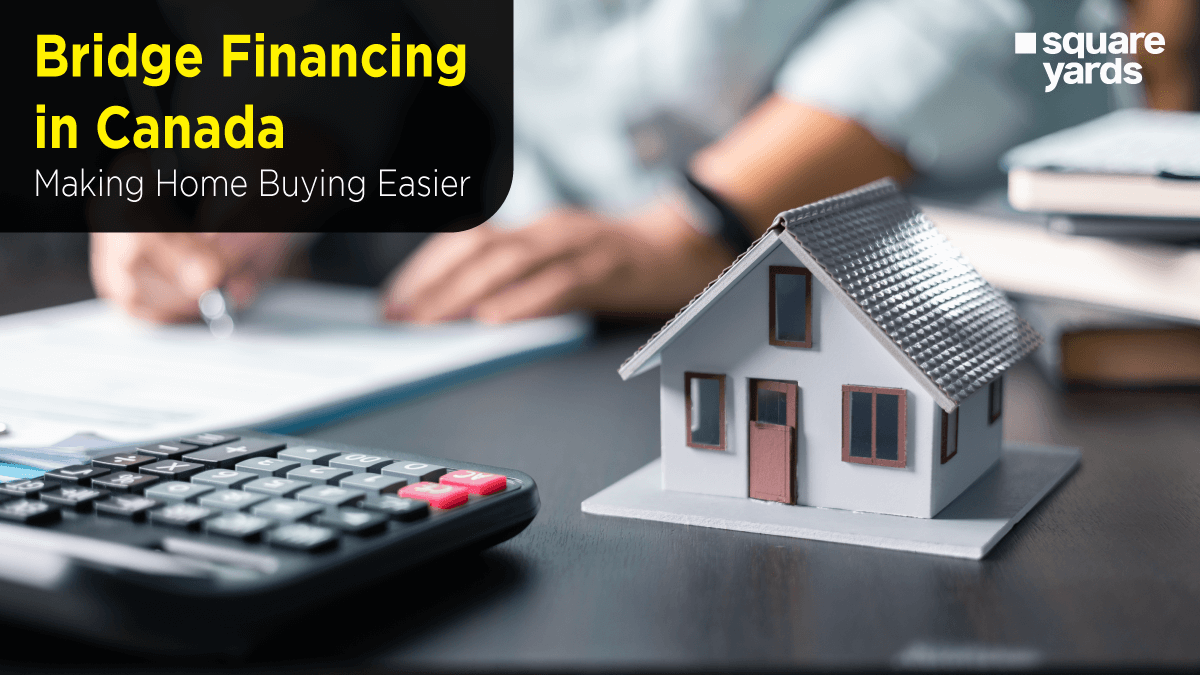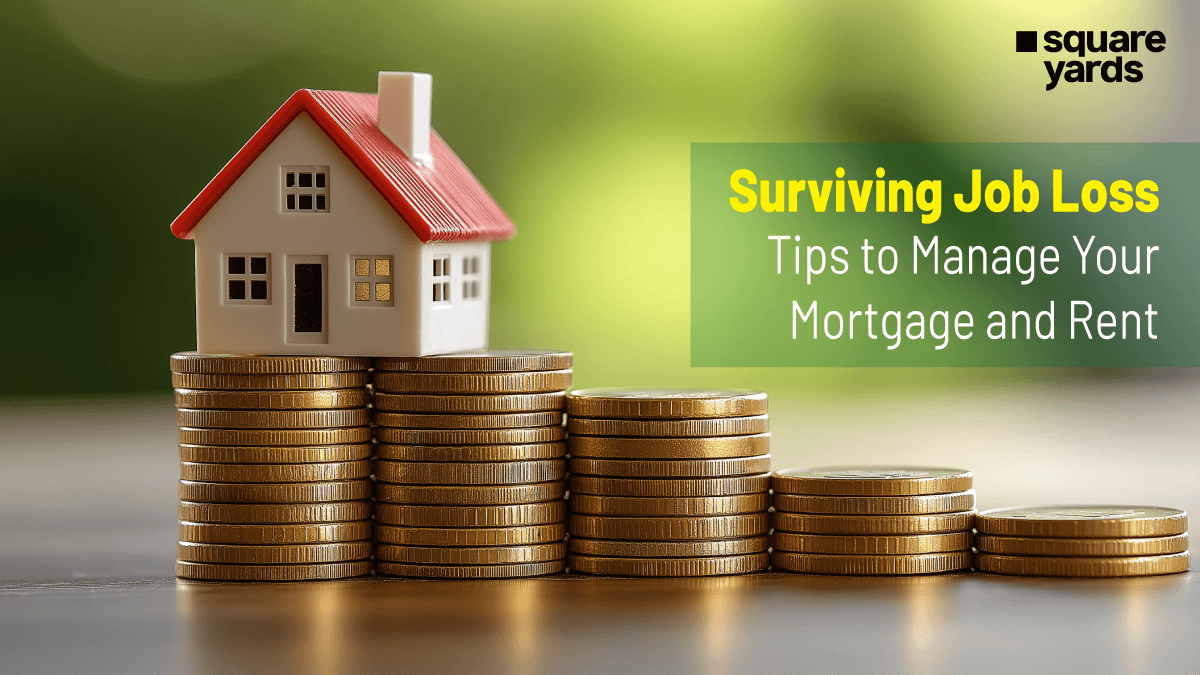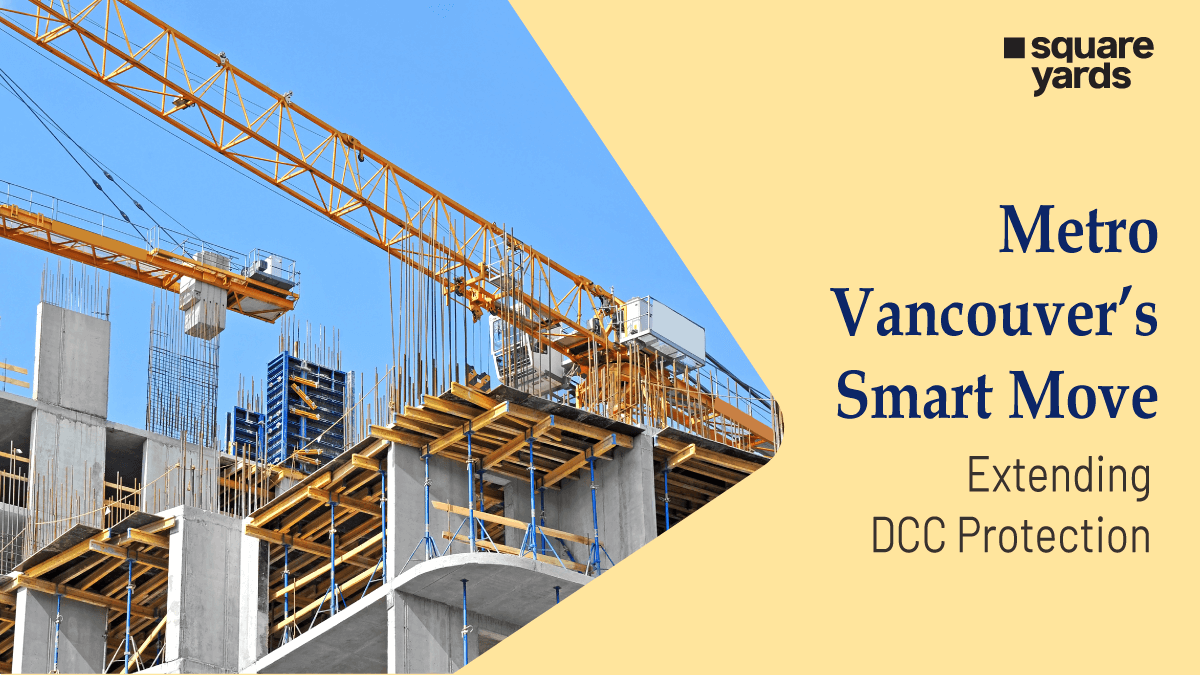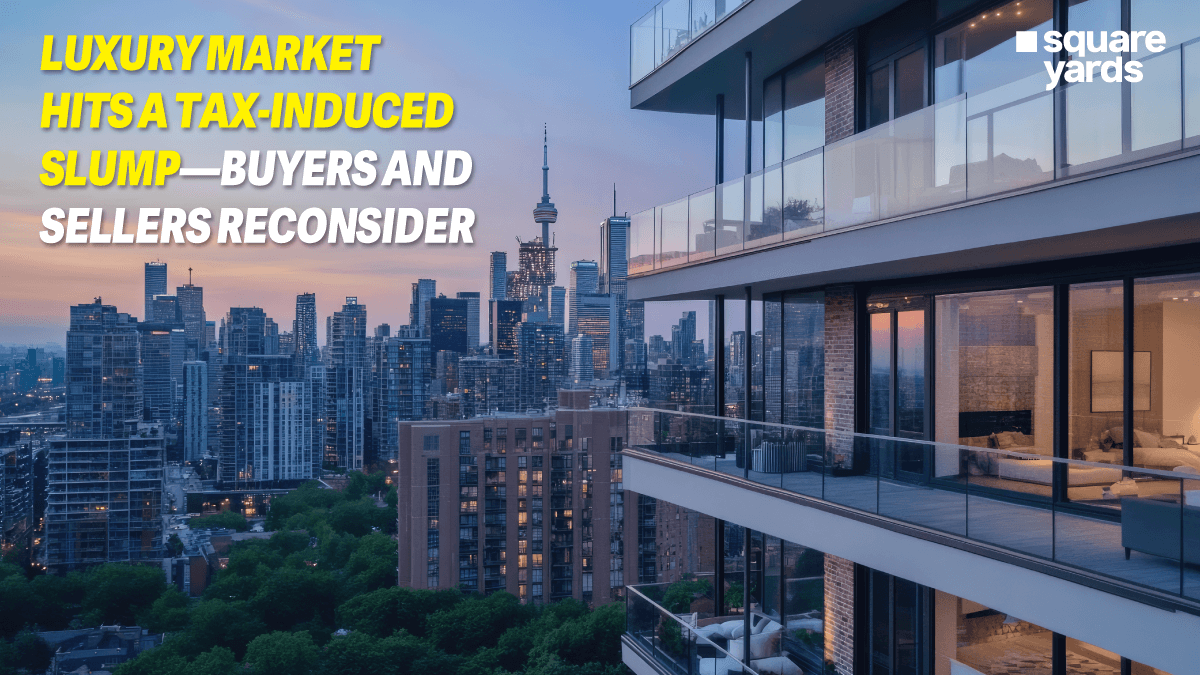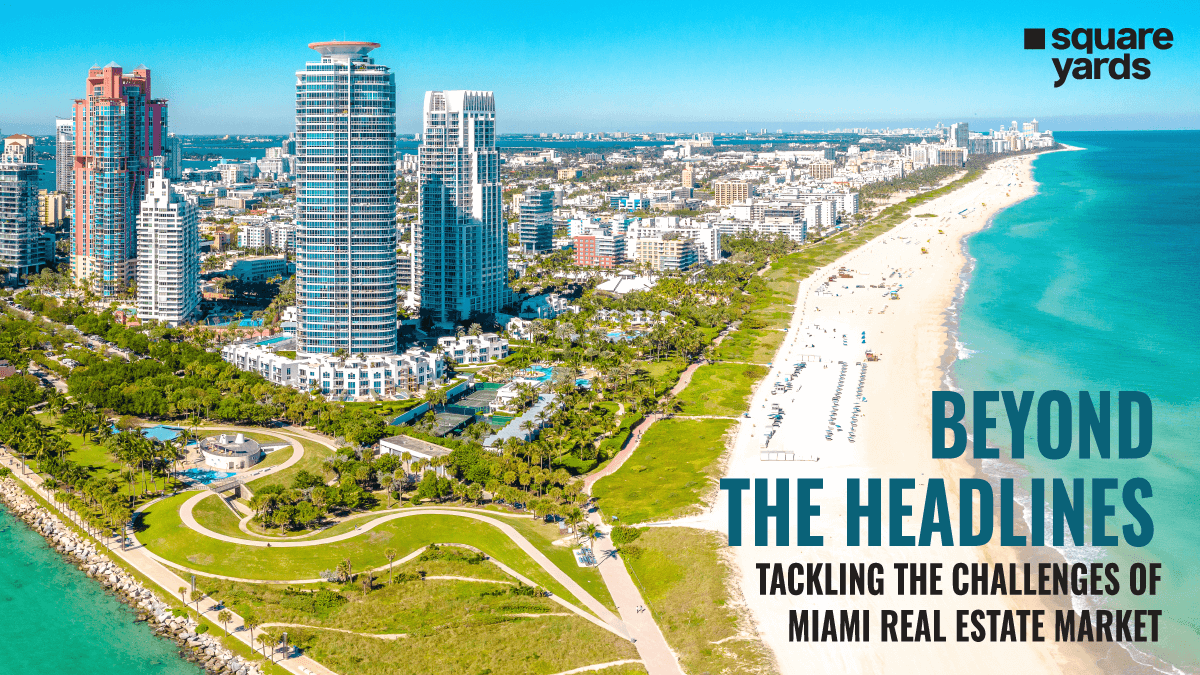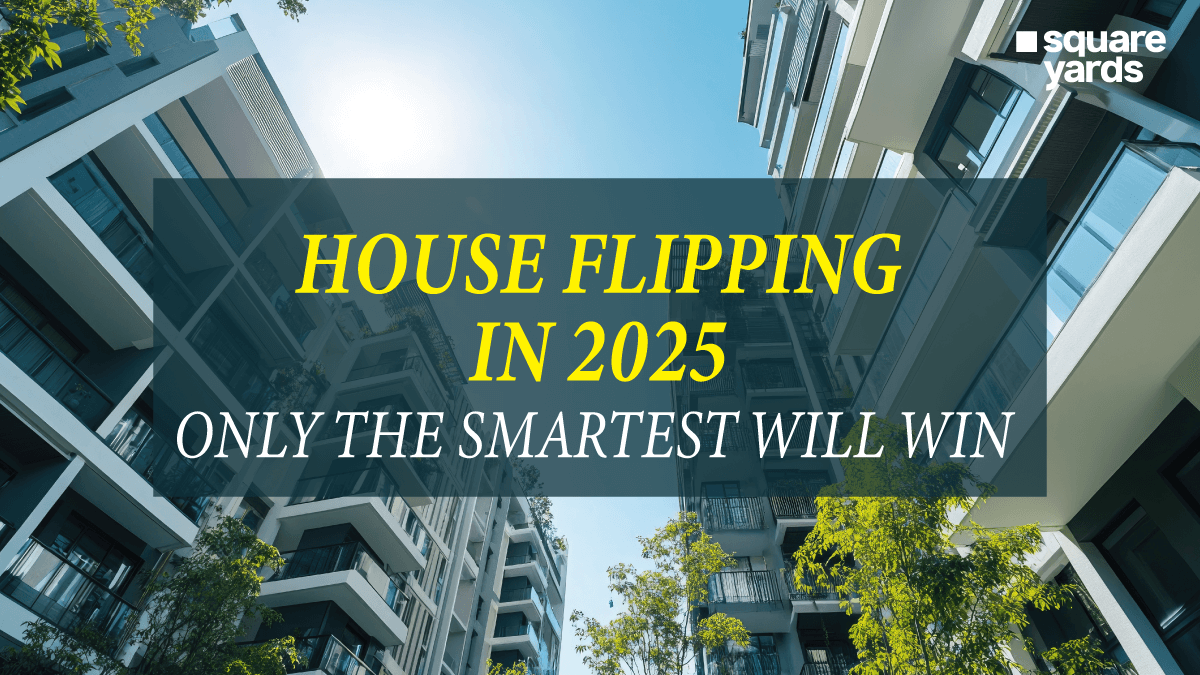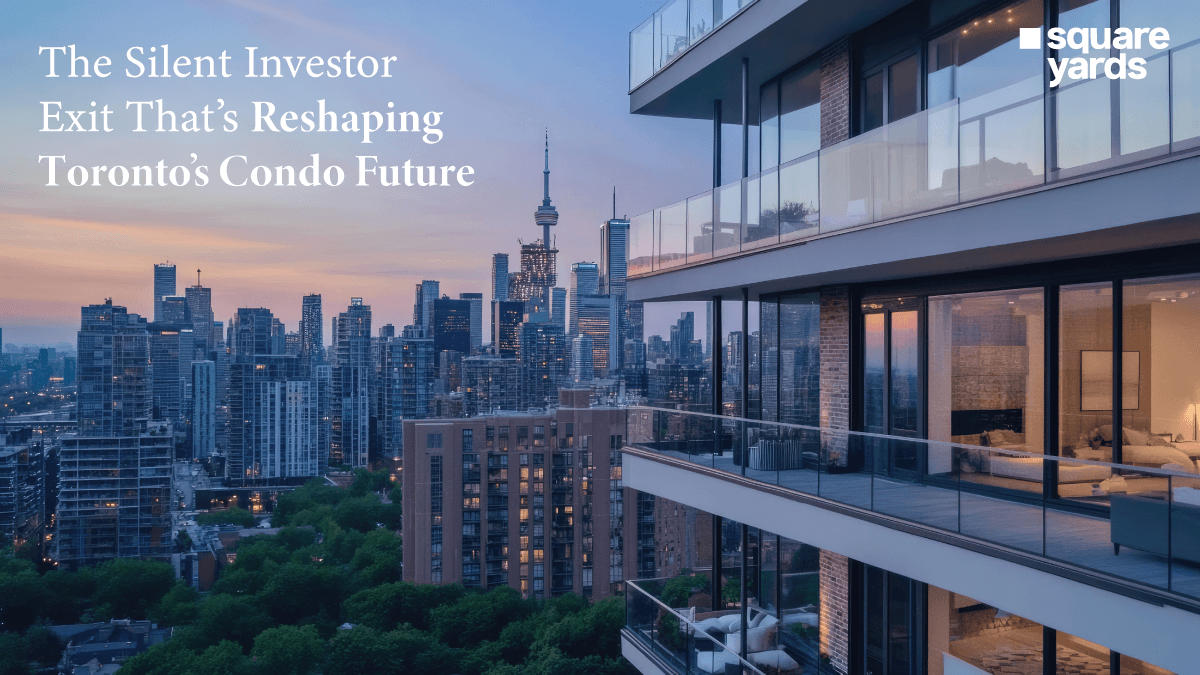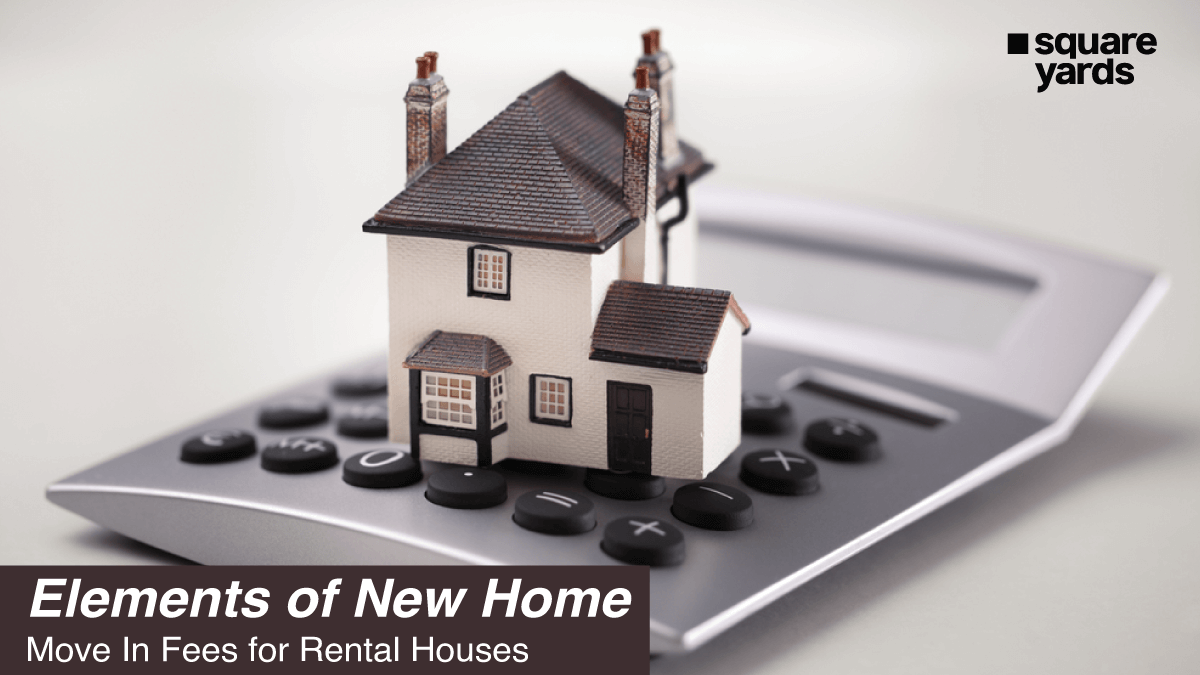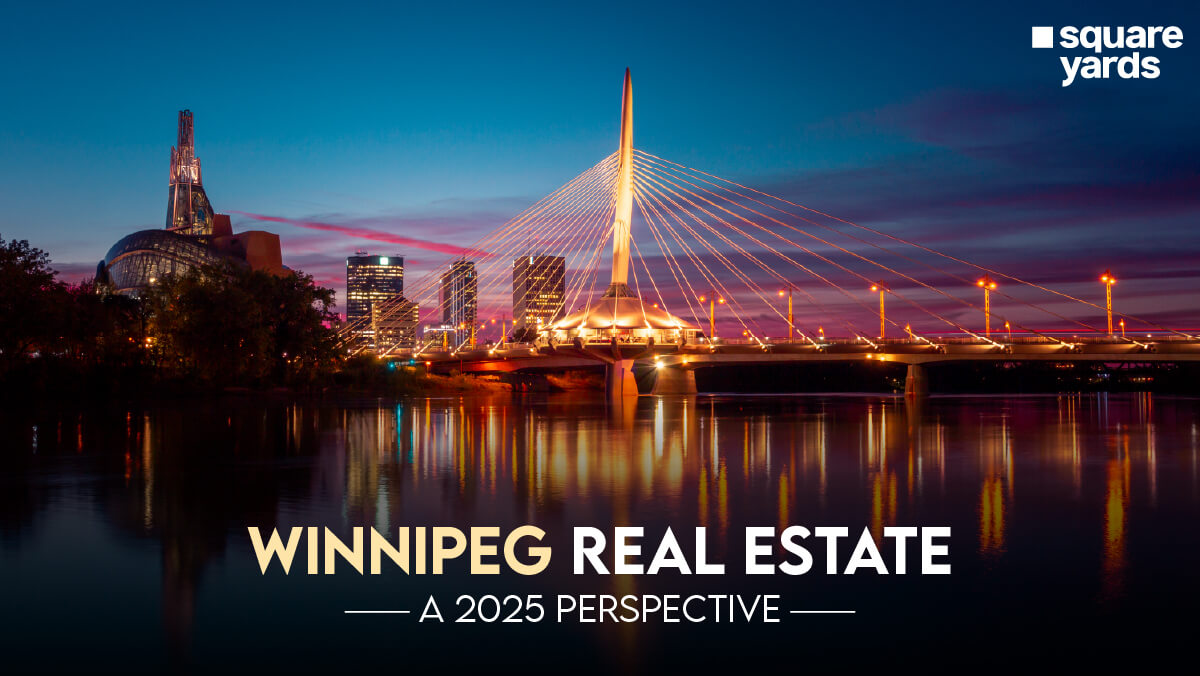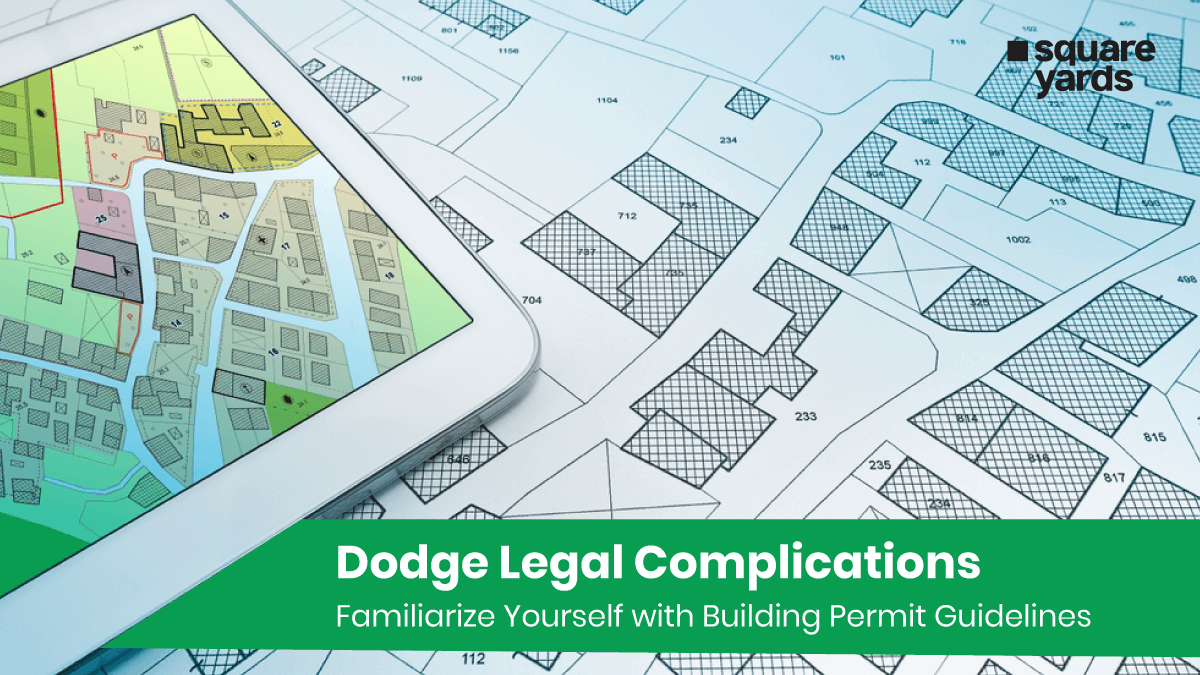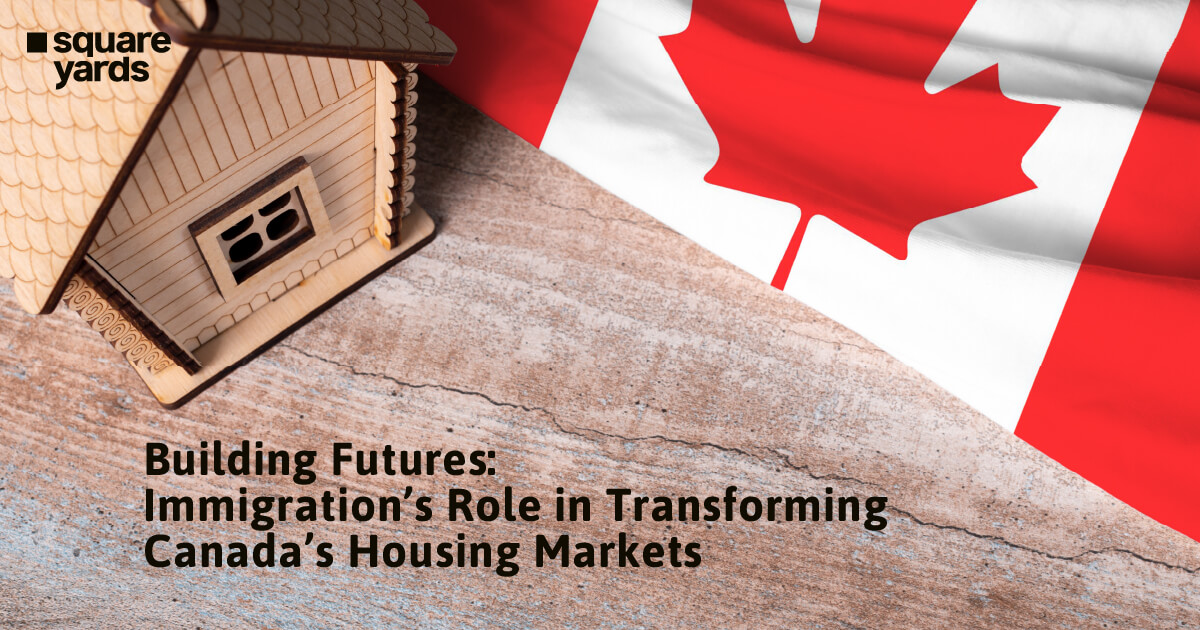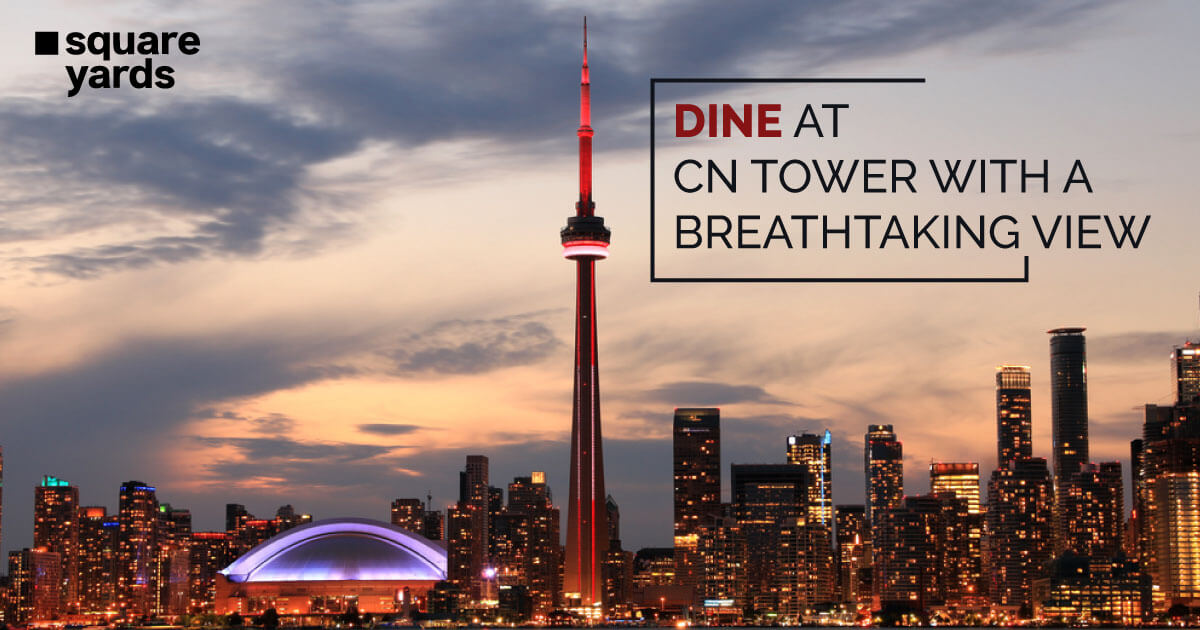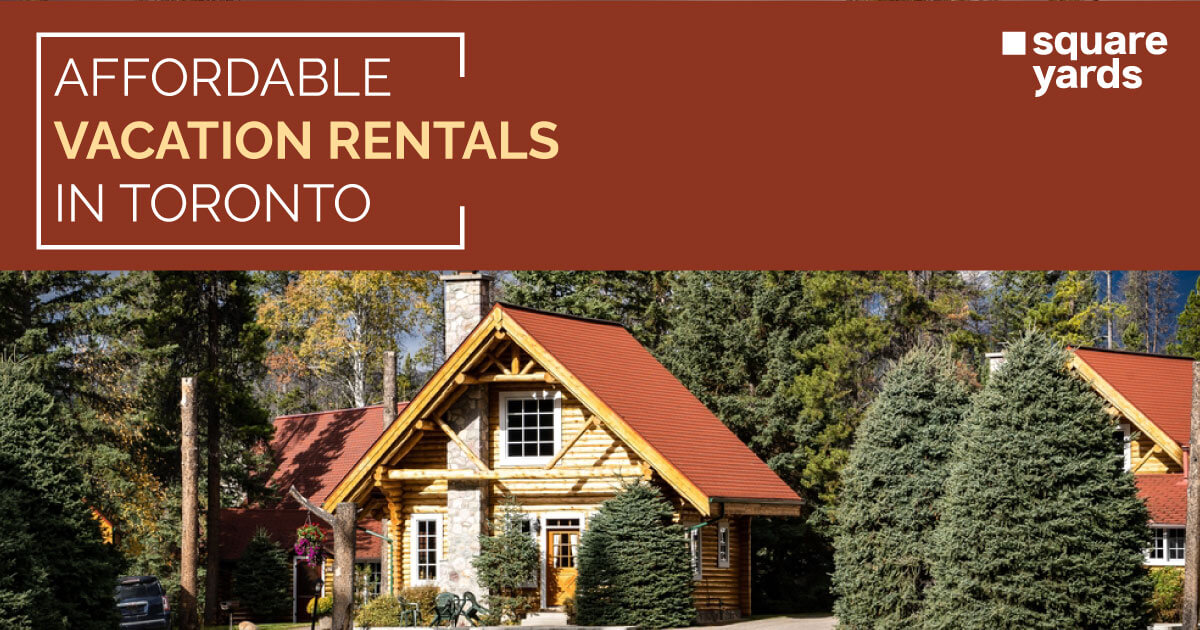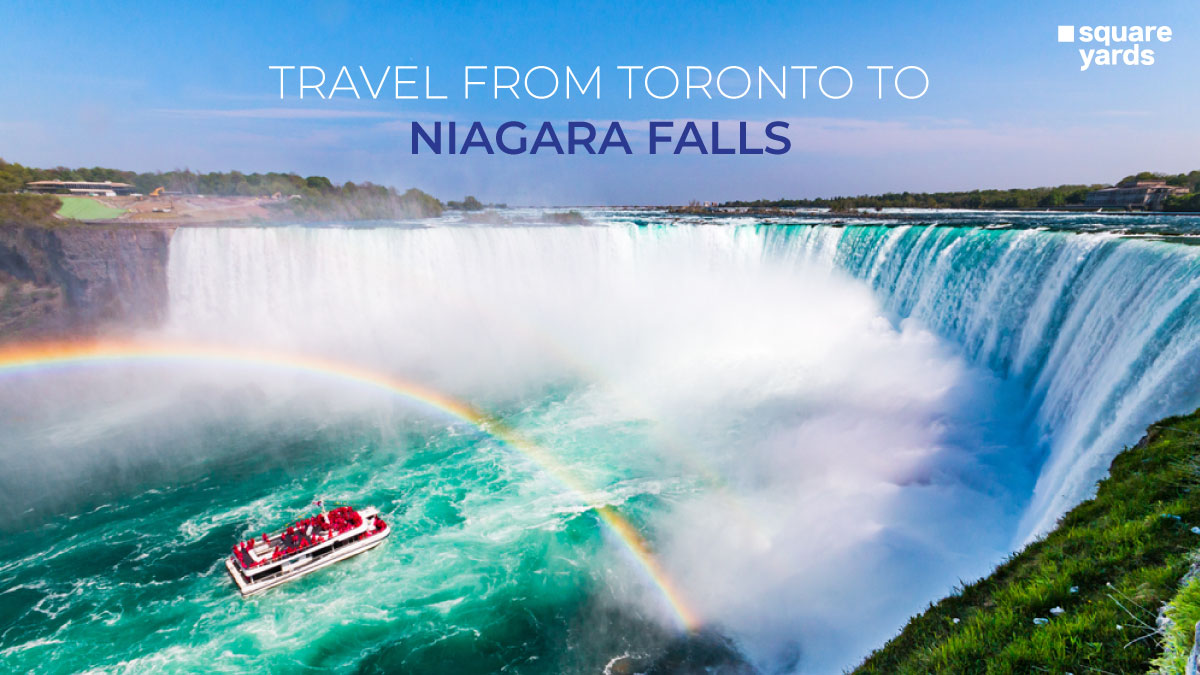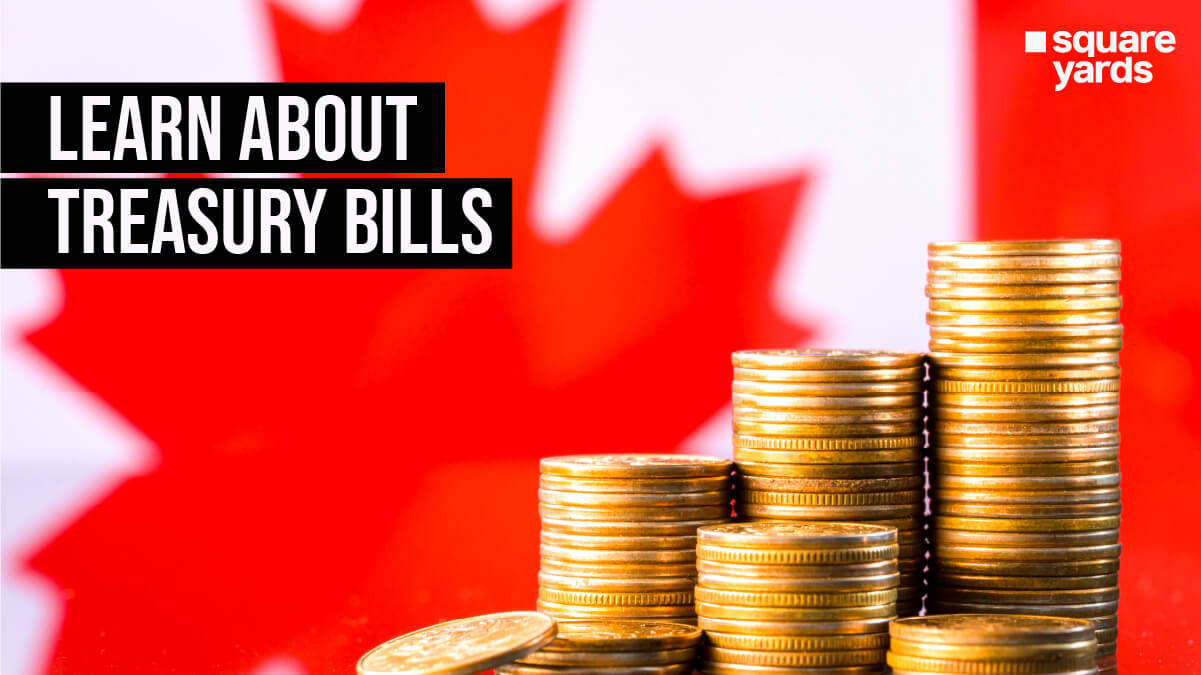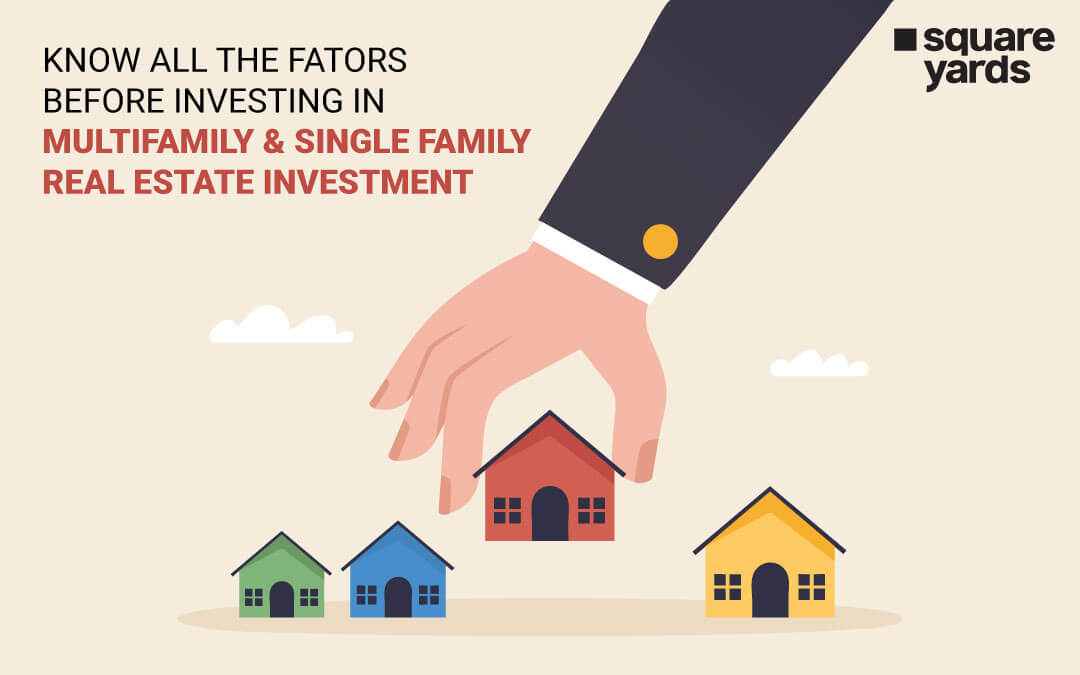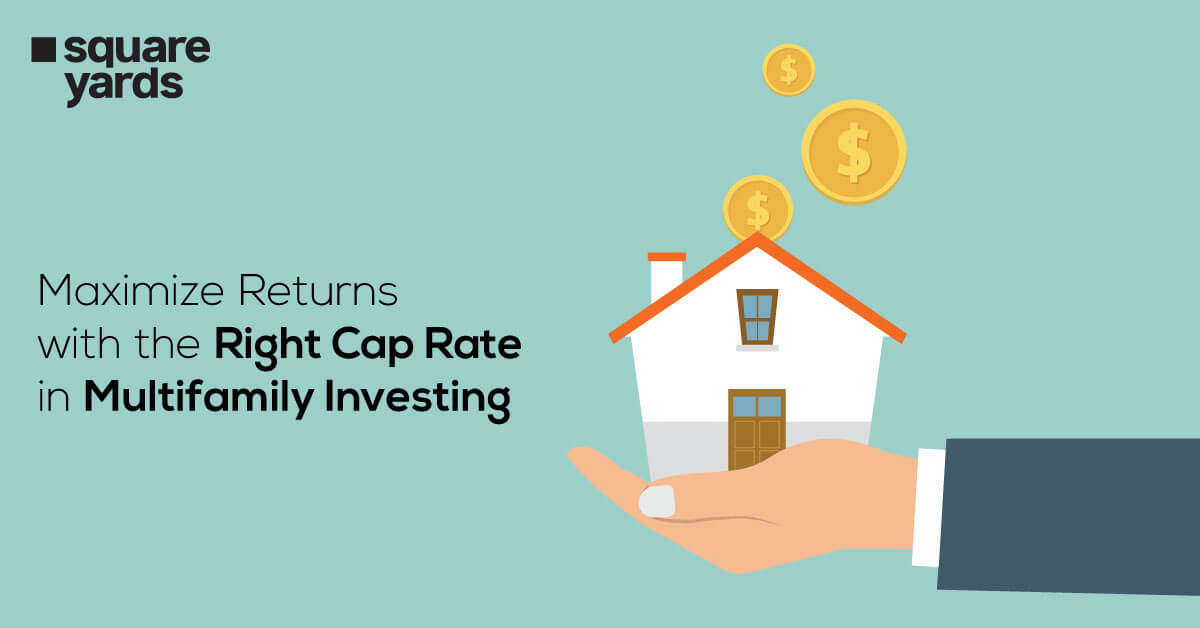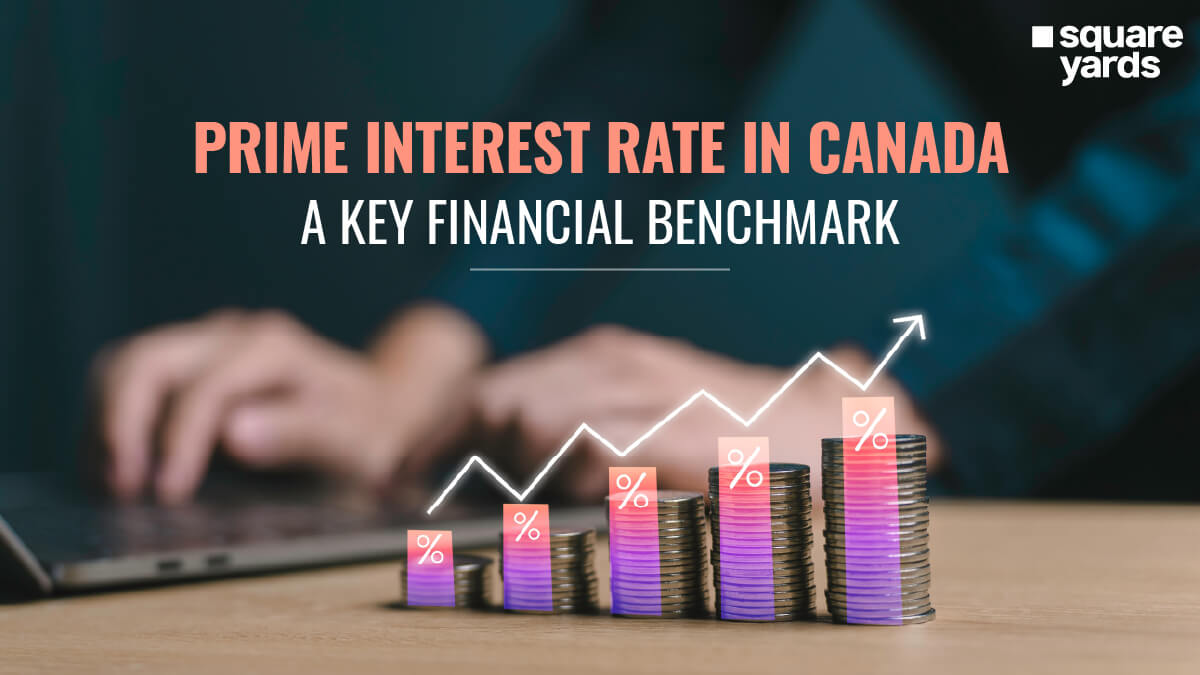An extremely energy-efficient living called a Passive Houses in Canada is built to keep you cosy while using very little energy. It’s like having an enchanted shield that uses far less energy than ordinary homes to keep your house cool in the summer and warm in the winter. These homes don’t allow the outside weather to interfere with your internal comfort because of their incredibly thick walls and tight seals. They also guarantee that the air within is always clean and healthy. It’s like having a wise, environmentally conscious friend who keeps you cosy all year long while helping you save money on energy expenses.
How Does a Passive Houses in Canada Work?
To achieve their stringent energy usage targets, passive houses in Canada adhere to five fundamental principles. These concepts enable you to keep a steady temperature around your home throughout the year without exerting effort, eliminating the necessity for conventional air conditioning and heating systems. They work in tandem with the technology they make use of.
-
Solar Orientation
All passive dwellings must be constructed to make the most of natural light during the colder months and guard against overheating during the sunnier ones.
-
Low Thermal Bridging and Coating
High-quality insulation is necessary for passive dwellings to avoid unintended heat loss. Thermal bridging, or gaps in the insulation, are often eliminated by wrapping the entire house in an insulating envelope.
-
Airtightness
The building is made airtight by the same insulating shell that stops thermal bridging. This is crucial for avoiding the unregulated movement of air, which can cause abrupt temperature changes.
-
Windows with Passive House Society Approval
These windows with exceptional performance include approved dual or triple-pane glass and premium materials. This increases insulation and allows the house to maximise solar energy.
-
Advanced Air circulation and Heat Transfer
The building’s ventilation system is highly advanced and tightly regulates airflow. By doing this, the heat energy from the emitted air is transferred to the new air that is brought into the house. As a result, there is a consistent flow of fresh air that is always at the ideal temperature.
The Pros and Cons of Passive Houses in Canada
There are numerous advantages to be had when constructing or relocating to a passive home. However, there are also certain drawbacks to take into account. You must carefully consider both sides of the argument before making a decision.
-
The Benefits of a Passive Houses in Canada
Choosing to live in a passive house in canada is more than just following a trend; it’s a commitment to living sustainably and contributing to a better future. Both our site manager, Adam Vandersleen and Jeff Van Gyssel, owner of Just Working Construction, concur on this. Because they use extremely little energy to make a home comfortable all year round, Passive Houses, first developed in Germany, are now widely used. As a result, you save money and the environment benefits. It’s like living in a home that is always cosy and considerate of the environment.
-
-
Decreased Energy Use
-
In order to minimise thermal losses and increase thermal gains, passive homes are constructed. They, therefore, don’t need a furnace or boiler because they just need very little active heating. Additionally, they use renewable energy resources like solar panels, which store and release energy as and when required. This can save up to 90% of energy consumption compared to a more conventional home when combined with low-energy appliances and lights.
-
-
Better Conditions for Breathing
-
A passive house in Canada is sealed off from the outside, but fresh air is always coming in. To maintain comfort and avoid overheating, this fresh air that has been filtered and temperature-adjusted circulates continuously at a low level.
-
-
Less Noise Pollution
-
These technologies also tout a further advantage in that they significantly lower noise pollution, in addition to the apparent advantages of high-quality insulation and airtightness. You won’t be disturbed by sounds outside, thanks to this.
-
-
Simple to Use with Any House Style
-
Passive houses are thought to be unsightly, primarily due to early examples. However, with developments in both materials and technology, the passive home building standard is very adaptable today and can be used with just about any type of structure. So, the passive house standard may be used equally whether you want to live in a traditional Cape Cod home or an ultra-modern mansion. In fact, it is possible to retrofit some older homes to become passive houses in canada.
-
-
Ease All Year Round
-
A passive house provides year-round comfort to its residents. Even close to doors and windows, you won’t need to worry about draughts or drastic temperature swings. Additionally, if you do open doors or windows, the temperature won’t alter much because it will rapidly revert to normal once they are shut.
-
-
Low Chance of Dampness, Mould, and Insects
-
The passive dwellings’ continual, low-level ventilation guarantees an ongoing supply of fresh air, which is included as standard. Any moist air will immediately be pushed outside the house, eliminating the possibility of dampness or mould. Additionally, this method will significantly lessen the number of bugs entering your home.
-
The Disadvantages of a Passive House
-
Increased Upfront Cost
-
A passive home typically costs 5–10% more to build from scratch than a conventional home. However, you can soon discover that owning a passive house pays money in the long run, thanks to up to 90% utility bill reductions.
-
-
Potentially lower resale value
-
Unfortunately, going green isn’t a top priority for many homeowners right now. Due to this, it may be difficult to locate a buyer who appreciates the genuine worth of your passive house, which may cause you to receive less money for the sale than you had hoped. Location and marketing are also important factors, with politically progressive cities and regions typically being the greatest places to sell passive homes.
The Information You Need to Build a Passive Houses in Canada
After learning the fundamentals, it makes sense to go a little deeper into the particular technologies and systems that operate a passive house. In light of this, the methods and tools used by passive houses to achieve the highest levels of energy efficiency are listed below.
-
Utilize the Sunshine
In order to maintain comfort without using a lot of energy, passive homes harness the power of the sun. But meticulous planning is required if you want to get it right. It’s similar to locating the ideal location for your plant to receive sufficient sunshine. You must consider the location of the passive house as well as the size of the windows while building one. In this manner, you can benefit from the sun’s warmth in winter and avoid overheating in summer. The type of glass used in the windows, doors, and roof should also be considered. Additionally, solar panels must be installed properly if you have any. The best approach to utilise the sun’s energy is to put it all together like a puzzle.
-
Keep the Heat In
There are various building strategies that are specific to passive homes that must be used in order to keep the heat in and the cold out. These buildings are often completely enveloped in insulation from top to bottom. But on top of that airtight layer, passive houses frequently include double walls, which stop the building from cooling down too quickly from cooler outer walls. While you might lose some internal floor space, it’s simple to prepare for this in advance.
-
Maintain a Constant Supply of Fresh, Temperature-Controlled Air
A complex mechanical airflow system is used in passive homes to bring in outside air while exhausting the air that may be damp from the bathroom or smelly from the kitchen. This building’s ventilation system is its genuine beating heart, so it’s helpful to have a fundamental understanding of how it operates:
-
- External fresh air is pulled in.
- Then, a subsoil exchanger for heat is used.
- An air/air heat exchanger comes next.
- The temperature of the structure has now been matched by cooling or warming the fresh air.
- Finally, it is diffused via a number of vents throughout the house.
In the meantime, a second set of vents draws smelly, wet, and stale air from the house outside. These are frequently found in warmer, more humid areas of the house, such as the kitchen and bathroom. After being drawn into the vents, the air is forced through heat exchangers in the opposite direction so that heat can be recovered and transferred to the incoming fresh air before being released outside.
-
Low-Energy Appliances to Further Reduce Energy Consumption
The majority of passive homes have energy-efficient fixtures and appliances, like low-voltage, intelligent lighting systems. To further reduce usage, solar energy systems and other renewable energy sources can be used.
How Much Does a Passive House Cost?
An entirely new passive house might cost about 5–10% more to construct than a typical house, on average. However, if you’re creating a large structure with plenty of residences or workplaces, the additional cost might just be 0-3%. The good news is that prices are going down over time. Energy-saving windows and doors are getting more inexpensive. If you don’t want to build a new passive house, you may still make an existing one extremely efficient by upgrading the windows and heating and cooling equipment. However, as this is not always feasible, you should conduct some research to determine what is best for you.
Wrap-up
In conclusion, living in a passive house is a wise and environmentally friendly choice. They keep you cosy while consuming comparatively little energy, which is wonderful for the environment and your money. A bright and eco-friendly future is available to everyone with Passive Houses, whether you’re starting from scratch or remodelling an existing home.
Recommended for you :
|
Know The Buying Historic Homes |
|
|
Benefits of Broker Open Houses |
|
|
Guide To Open Houses in Canada |
|
|
Buying Foreclosed Houses in Canada |
Frequently Asked Questions (FAQs)
What are the downsides of passive houses?
Although Passive Houses are great for saving energy and being comfortable, there are a few drawbacks to take into account. Though initially more expensive to develop, they eventually tend to result in cheaper energy costs. Additionally, you must carefully schedule them to avoid overheating in the summer.
What is a passive energy house?
A passive energy home is all about that, making it a sensible and environmentally friendly place to live.
What is the most energy-efficient style house?
Passive Houses are the most energy-efficient type of residence. It's similar to an incredibly energy-efficient home that keeps you cosy all year long.
What are the advantages of a passive house?
There are so many reasons, such as they offer a clean and healthy environment, save your energy costs, and may even raise the value of your home. If you prefer a comfortable and affordable home, then good to go, peeps.
What is better than a passive house?
Additionally, active house promotes comfort while allowing more fresh air and natural light to enter the building.

